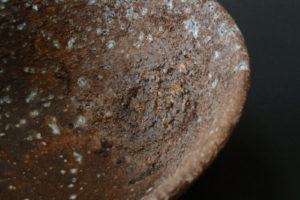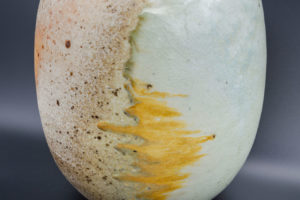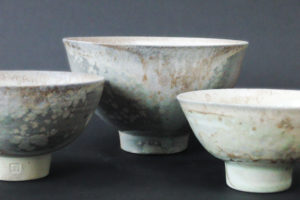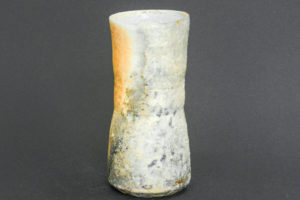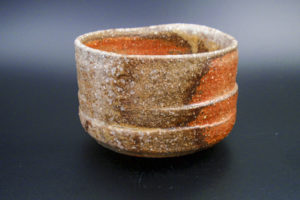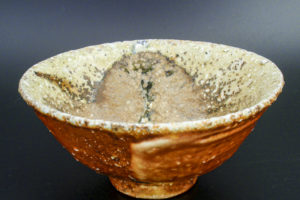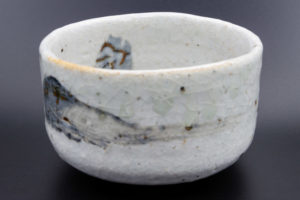1969
Born in Lower Austria
1982
Smaller wood-fired shaft kiln, heating up to 1100°C
1985
Start of apprenticeship in pottery and kiln construction
1986
Two-chamber kiln with rising flame
Stoneware and earthenware
1988
Downdraft kiln
Stoneware and porcelain, 1240°C–1280°C
1988 – 1989
Period as an exchange student at the Vocational School of Pottery and Kiln Construction in Stoob (Fachschule für Keramik und Ofenbau)
1989
Final examinations
2002
Radstadt/Salzburg Arts and Crafts Award
2005
Founding of atelier in Waidhofen/Ybbs
Hand-shaped tiled stoves, stoneware and porcelain in the gas kiln, 1250°C–1280°C
2005 – 2011
Various markets and exhibitions in Austria, Germany and Belgium
2012
Anagama kiln, tea ceramics, traces of ash, pottery, reduction firing at 1250°C–1300°C

Josef Wieser in his atelier in Waidhofen/Ybbs
















